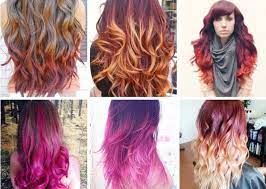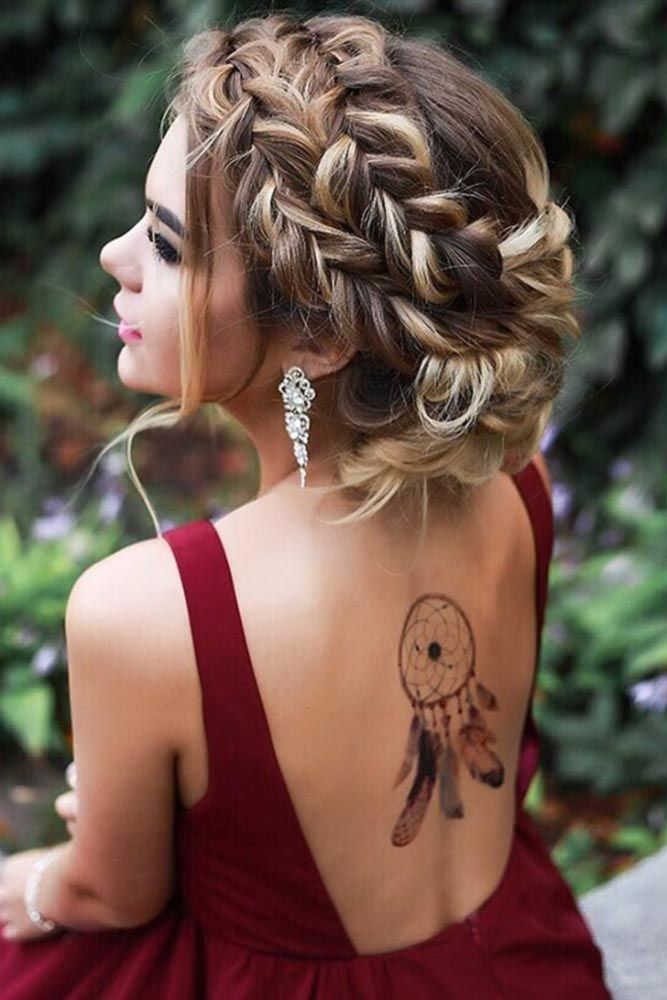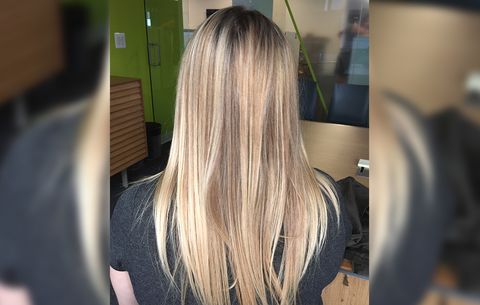
hair coloring options are endless when it comes to changing your locks’ hue. From lightening deep auburn locks to taking the plunge with platinum blonde highlights, one will surely be perfect for you!
Before getting started, select a shade that complements your skin tone and choose an effective product to protect the color from premature fading. Here are the best methods of hair dyeing:
Balayage
Balayage is an innovative coloring technique in which stylists use hand-applied highlights to your hair for an organic fade that works on all locks. Your stylist may begin with lightening sections closer to your roots before progressing outward toward ends or face-framing pieces of your locks.
Reaching your ideal balayage effect requires multiple salon appointments, so finding one you trust is critical to success. Your stylist should be able to show pictures of their past work and discuss how best to achieve the look that appeals to you.
Remember that balayage is more permanent than highlighting, so more maintenance may be necessary as your hair grows. We suggest having touch-up appointments every few months until the desired result has been reached.
Ombre
Ombre has long been one of the hottest hair color trends and shows no sign of declining popularity. It is characterized by soft graduation that creates an authentic two-toned appearance – ideal for people who want to make a statement without going too far regarding dramatic transformation or regular dye jobs.
With ombre, your colorist uses a darker base shade at the roots and gradually lightens the bottom sections with a hair lightener, gradually lightening all colors from blondes, browns, and reds to more eccentric ones like purple and green.
This style resembles the popular balayage trend but with more drama, as your colorist uses thicker quantities of hair lightener and sweeps it across large sections instead of hand painting each individual hair strand individually – giving a natural and sun-kissed effect.
Wet-Lights
Wet lights are one of the trendiest hair coloring techniques, creating sun-kissed splashes of color throughout your locks that look soft. Applied freehand, wet lights create sun-kissed highlights that soften harsh hairlines or break up fluffy regrowth.
At least 50% less damaging, wet hair highlighting is more environmentally friendly than traditional techniques. By applying color to damp hair, the water encourages cuticles to open faster, allowing lighteners to penetrate the hair more quickly with reduced damage.
Wet lights offer more subtle and natural-looking results than other methods, making them especially appropriate for bleached blondes or brassy blondes. Furthermore, this technique provides greater control over the highlight depth as it can be created using any number of shades.
Highlights
Foil highlights are an ideal solution for brunettes and blondes looking for that “wow-wow” effect of vibrant strands. Your stylist uses foils to lighten sections of your hair for an intensely dramatic result compared to balayage highlights.
Highlights involve dying strands of hair several shades lighter than their natural color; for optimum results,, select highlights that complement your skin tone and avoid using too many different hues that could create a striped appearance.
For those who prefer more subtle looks, babylights or dark root stretch may be just what is needed. Lowlights add dimension, while flamboyance involves dying sections of hair with deeper shades for an eye-catching finish.
Darkening
If you want to go darker with your locks, it is wise to consult a professional stylist. Box color contains high levels of ammonia, which makes home application unsafe; stylists will know if your decision was DIY as they may need to perform corrective color, which can be expensive, time-consuming, and damaging for the hair.
Going dark typically gives hair an overall brighter shine, though this depends on its current condition (healthy is always more shiny). Your stylist may need to perform a filler color process before applying your final darker shade to prevent brassiness or tones that are too red from emerging and use more durable products that won’t damage strands as easily. A gloss treatment will keep the shine of dark colors vibrant.

